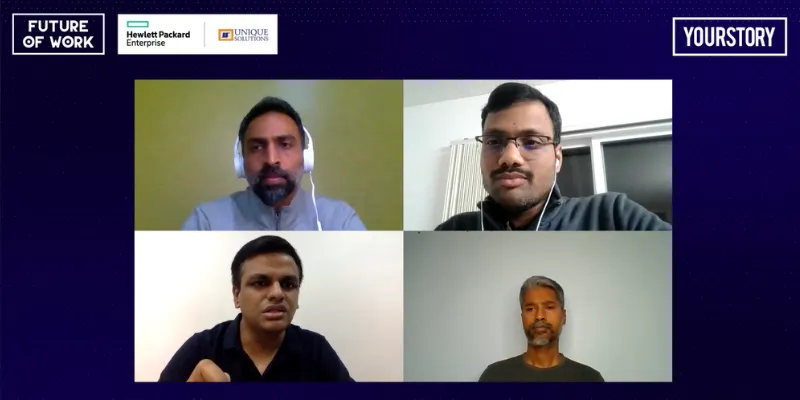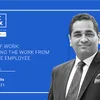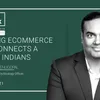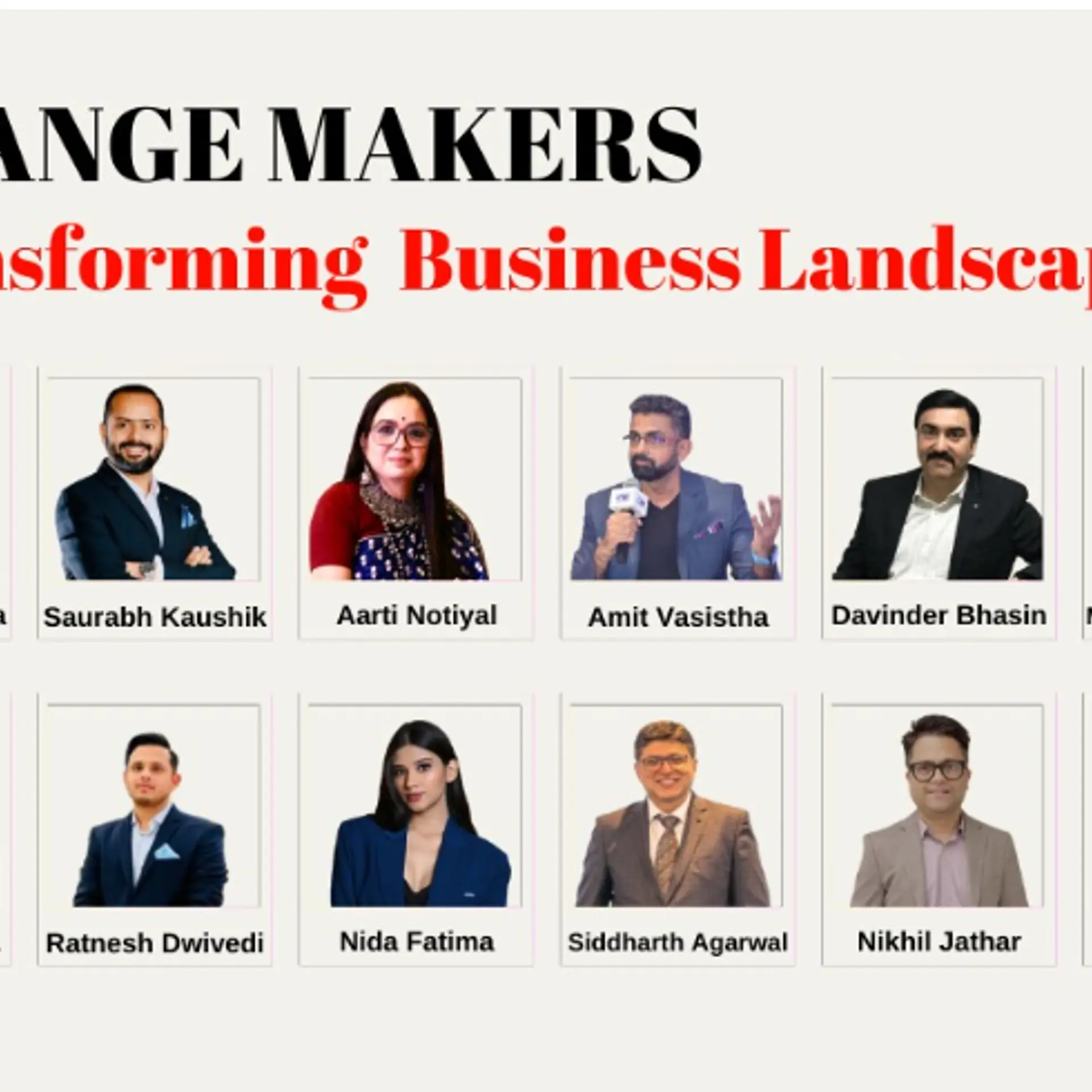Future of Work: SaaS startups share how growing with customers is the key to scale
At YourStory’s Future of Work 2021 summit, startup leaders from Chargebee, Kissflow Inc and Whatfix came together to talk about what goes into building the foundation of robust and scalable SaaS platforms.
The Indian Saas Report 2020 by Bain & Company states that the SaaS (software-as-a-service) landscape is on the cusp of a transformation. Over the past five years, the number of funded SaaS companies has more than doubled and the number of companies drawing Series C or later-stage capital has quadrupled, representing significant traction.
At Future of Work 2021, Saravanan KP, Co-founder, ; Dinesh Varadharajan, VP of Product Management, Inc and Vara Kumar Namburu, CPTO, came together to discuss how the SaaS playbook works, what to keep in mind for funding and more.
For the panellists, 2020 was all about taking a second look at their products, redoing expectations and learning new processes. The pandemic was unfortunate, but it did SaaS businesses some good in terms of marketing. Whatfix took the opportunity to help people working remotely and showcase how to work on applications. "People started understanding the need for a product like ours, it showed them the need to adapt to digital," said Vara.
Chargee was able to grow 100 percent last year. "We got a lot of customers from different domains and not just SaaS. This digital transformation helped us understand what we want to build in the next three years,” said Sarvanan.
Dinesh said that they no longer have to talk about automation, as on-premise is out of the way. "Customers now come to us, because there's a sudden urge to automate everything."
The SaaS playbook: Listen to your customers
The panelists each decoded what their SaaS playbook looked like. Saravanan said that at Chargebee, their priority is easy onboarding. "You have to spend a lot of time on product and UX (user experience) to make it less complex, and then move forward to other aspects."

Dinesh added that SaaS is a low-touch business where it's important to create a product that users can use without any assistance from companies. "Customer success teams need to work with customers to see what they're trying to do, make the process simpler so that the customers can do it themselves. The ultimate goal is to make the customers champions," he said.
For Vara, his playbook focuses on being narrow - in the product you build and in the market you target. "Don't solve problems for every type of company in the world. Keep it narrow, so your message will be cleaner, while staying frugal."
The panelists emphasised on how getting to know the customer should be the top priority. "Grow with your customers, and you'll scale and eventually know how to grow your tech architecture," said Vara. Saravanan added that you need to slowly integrate into customer workflows and think about how you can add value as they spend more time with your product. "You'll end up with great Net Retention Rate (NRR)," he said.
Picking the right talent
Bringing in the right people with the right skills at the right time is no easy feat - especially if it's a new role. At Chargebee, the team creates a blueprint of where the company will be in 'x' years. Based on it, they prepare scorecards for employees and discuss with people in particular roles to understand what they do, after which they hire.
Vara said that it's important to hire more hustlers in the early days of starting up - people who are open to doing anything, it takes to be successful. "You need people who will learn and unlearn. Also, invest early in the people who have the potential to scale. Groom them now for future roles."
According to Dinesh, in the initial days, if you have people who believe in your vision, it's good enough. “Bringing people with more experience won't solve your problem, because no one, other than you and your team has more conviction in your idea.”
To fund or not to fund
When it comes to funding, unless you know how you're going to deploy the money, don't go for it. "You need to know how to convert the money into recurring revenue and use it to improve your product," according to Saravanan.
Echoing his thoughts, Dinesh said that funding is never an enabler, but an accelerator. "It's not about huge salaries or fancy offices, it's about whether you need the money to move faster."
Vara believes that initially, you may need funding for survival, so look for angel investors, family or friends who trust in your idea. When you have better clarity on how to deploy it, look for formal funding.
Increased SaaS innovations ahead
In 2010, when India's SaaS boom kicked off, customers and investors were still figuring out how to value it. "Today, people understand cloud better now, so infrastructure scaling is not a problem [sic]," said Saravanan. According to him, the ecosystem is going to witness more vertical SaaS companies.
Dinesh added, "Anyone can create a simple product and hit the market. Even though categories are taken, there are ample opportunities to sneak into."
For Vara, cloud adoption has opened up more innovation opportunities. "Today, you can build a company from wherever you are and sell it to any business, of any size, in any vertical," he concluded.
A big shout out to our Future of Work 2021 Co-presenting Sponsors Hewlett Packard Enterprise and Unique Solutions; Digital Excellence Partner, Google Cloud; Associate Sponsor HP and Intel; and Sponsors: Atlassian, Freight Tiger, Archon I Cohesity, TeamViewer, and Pocket Aces.











